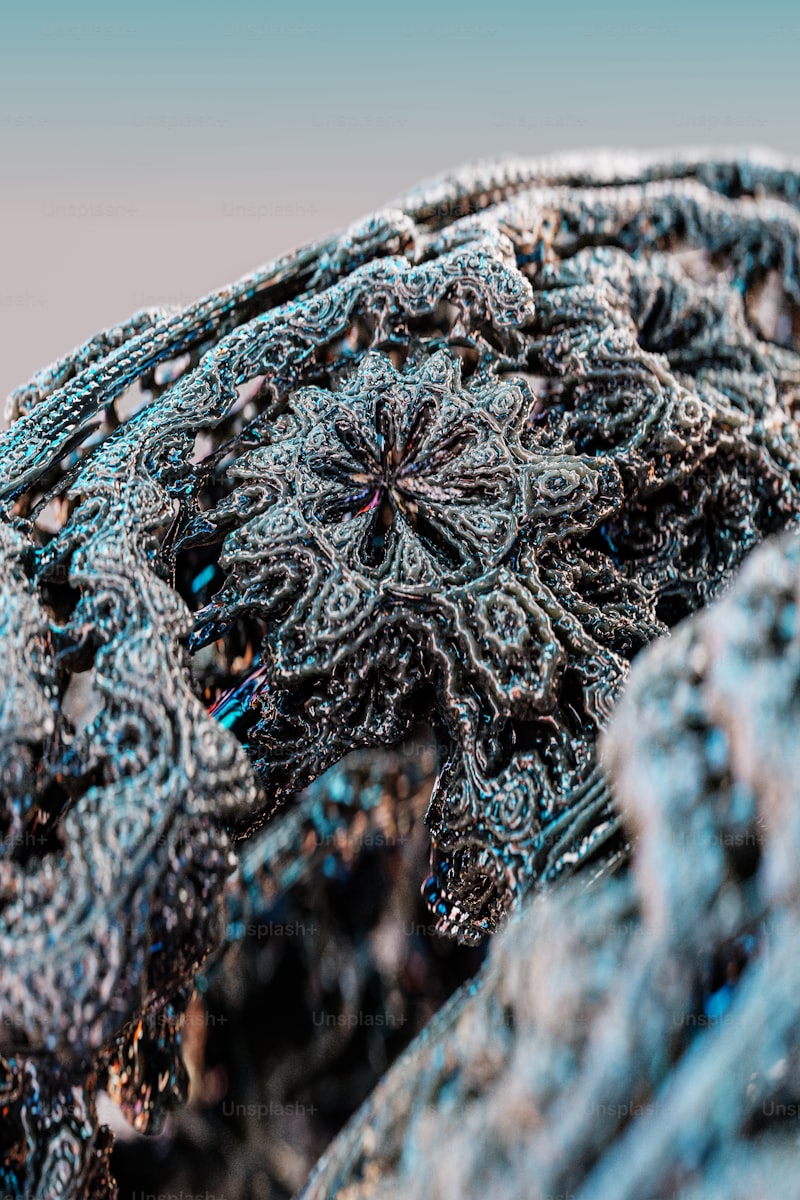The Art of Textured Lace Elements: Elevate Your Creative Projects
Textured lace elements are a popular trend in various creative fields, including fashion design, home decor, and digital design. The intricate patterns and delicate beauty of lace add depth and sophistication to any project. In this article, we will explore the various aspects of textured lace elements, including their history, applications, and tips for incorporating them into your designs.
Understanding Textured Lace Elements
Textured lace refers to fabric that features intricate designs created through knitting, weaving, or embroidery. Lace has a rich history that dates back to the 15th century, primarily originating in Europe. Throughout the years, lace has evolved in both style and function, making it a versatile medium utilized in numerous creative endeavors today.
Different Types of Lace
There are various types of lace, each with unique characteristics that can be used for different purposes. Here’s a brief overview of some popular lace types:
| Type of Lace | Characteristics | Common Uses |
| Chantilly Lace | Delicate, floral patterns | Bridal wear, evening gowns |
| Venice Lace | Heavier, embroidered lace | Costumes, home decor |
| Alençon Lace | Fine needlework, floral designs | Wedding dresses, accessories |
| Net Lace | Open weave, simple patterns | Scarves, overlays |
The Application of Textured Lace Elements
Textured lace elements are widely used across various industries. Let's delve into some of the most impactful applications of lace.
1. Fashion Design
In fashion design, textured lace elements can elevate garments through layering and strategic placement. Designers often use lace to create stunning dresses, blouses, and skirts, adding an element of sophistication and femininity to their collections. Notable fashion designers, such as Elie Saab and Marchesa, have successfully integrated lace into their runway and ready-to-wear collections, demonstrating its versatility.
2. Home Decor
Incorporating textured lace elements into home decor can instantly enhance the ambiance of a space. Lace tablecloths, curtains, and even decorative pillows add a touch of elegance, transforming an ordinary room into a stylish haven. When using lace in home decor, consider pairing it with neutral colors to create a balanced aesthetic.
3. Crafting and DIY Projects
Textured lace elements can also be used in various crafting and DIY projects. From scrapbooking to creating custom greeting cards, lace can add charm and uniqueness to your work. You can also incorporate lace in gift wrapping, making even a simple present feel special.
Creating with Textured Lace Elements
When working with textured lace elements, there are a few techniques and tips to keep in mind to achieve optimal results:
1. Mixing Textures
Combining textured lace elements with other fabrics can create a harmonious and visually appealing design. Consider mixing lace with satin, silk, or even cotton for a stunning contrast in texture.
2. Layering Techniques
Layering lace over solid colors can produce striking effects in both fashion and home decor. When layering lace, consider how the colors and patterns interact to create depth and visual interest.
3. Customization
Customization is key when working with lace. You can dye lace to match your specific color palette, or even cut patterns out to create unique designs. The possibilities are endless!
Online Resources and Tutorials
In the digital age, numerous online resources and tutorials are available for discovering how to work with textured lace elements. Websites such as Pinterest, YouTube, and various crafting blogs can offer step-by-step guides, inspiration, and ideas.

Conclusion: The Timeless Appeal of Textured Lace Elements
Textured lace elements are more than just a trend; they are a timeless addition to various creative realms. Whether you are a fashion designer looking to infuse elegance into your collection, a homeowner aiming to beautify your living space, or a crafting enthusiast seeking inspiration for your next project, lace can significantly elevate your work. Remember to mix textures, experiment with layers, and explore customization to fully harness the beauty of textured lace elements. As you embark on your creative journey, let these intricate designs inspire you to create something truly unique!
As a final note, consider the implications of your design choices. Always ensure that any fabric you utilize adheres to your project's vision and intent. Happy creating!